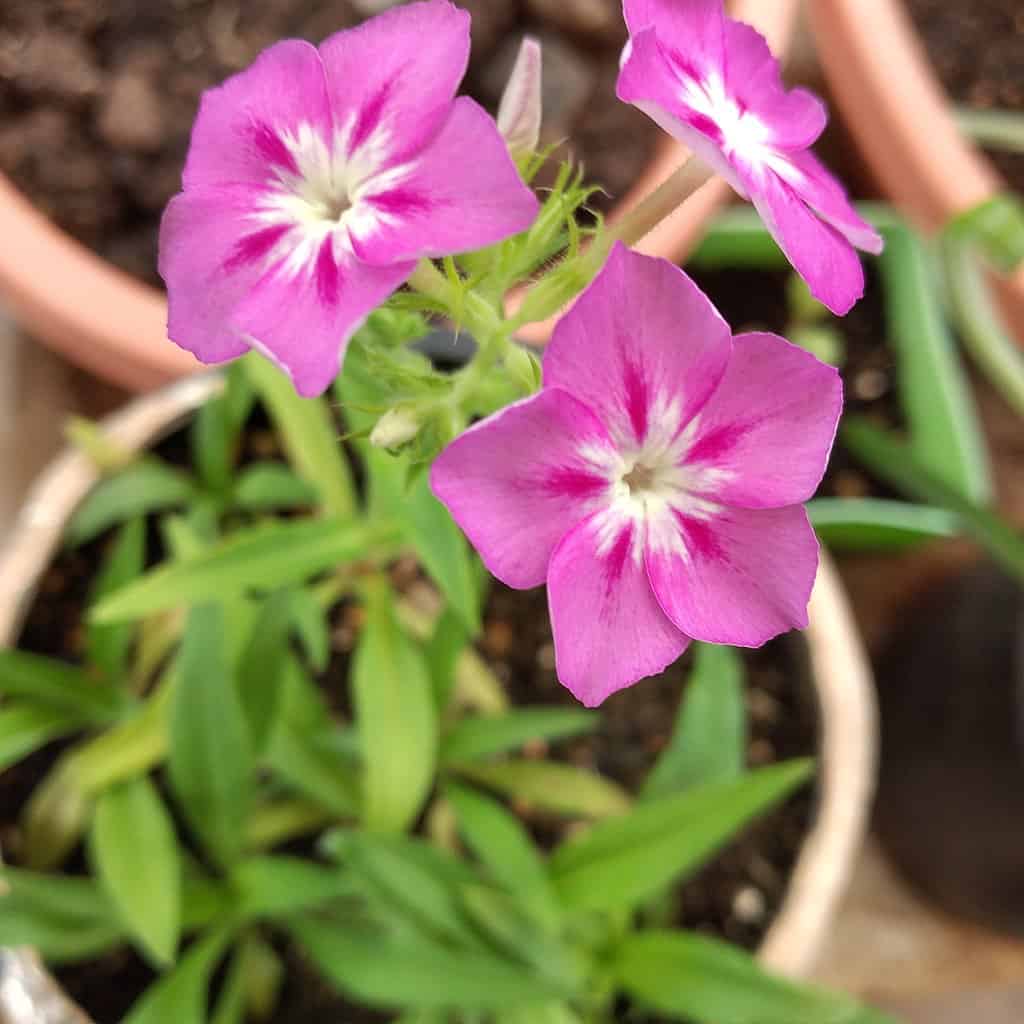OK. First things first, botanical names can seem crazy. Acanthus mollis. Alcea rosea. Huh?
I get it. It can be confusing. But don’t get discouraged with the names you feel you have to familiarize yourself with as you come to look seeds and delve into garden literature.
Trust me, it’s not half so bad as it really looks (nor as strange as these Latinized words sound).
Common Name vs. Botanical Name
“Of course, no one in his right mind will speak of familiar flowers under their Latin names in ordinary conversation,” wrote Grace Tabor and Gardner Teall in The Gardener Primer way back in 1910.
So true. There is nothing wrong with calling a snapdragon a snapdragon rather than Antirrhinum majus.
But by understanding how botanical names work and learning some of them, you’ll find yourself able to trace relationships among plants and plant families that you have never dreamed of.
There is, for example, the gigantic yet delicately lovely moonflower, which blossoms only in the evening. There is the ever-alluring morning glory, which opens with the sunrise, and the lacy foliaged cypress vine, which bears its tiny, starry flowers all day, the same as other plants.
All of them are members of a family named Ipomoea, and all share a peculiar family idiosyncrasy in the shape of a toughened seed that must be soaked or filed before planting in order to promote free germination.
This is a super extensive family, by the way, with more than 300 members living in all parts of the world, each bearing a distinctly traceable resemblance to its kin. Gardening geek that I am, this is awesome.
Plant Names and Family Names
Perhaps it’ll help you to understand this whole thing a bit better if you compare the name of the plant with the name of a person. For instance, let’s say a person has the surname of Brown. The equivalent of a surname in the plant world is its genus.
So this example, it would, say, phlox. That’s the generic or family name.
But which Brown? It could be John Brown or perhaps Jane Brown. So we humans gave ourselves a first name. Same with botanical names.
In our example, James Brown is the as the phlox being Phlox decussata or perhaps Phlox drummondii. The only difference being that with the plants, the names are reversed. In the plant world, we listed them as Brown, James.
Otherwise, we’re talking the same thing.
Now with the Phlox, decussata and likewise drummondii are the species names, corresponding to the baptismal or Christian name of a person.
However, the identity is not yet sufficiently clear, as there may be several John Browns. Which one are we talking about?
John Brown the lawyer, perhaps, or maybe John Brown the doctor, and that is the same as Phlox decussata, independence, or, again, Phlox drummondii, stellate. You see what happened here?
We added a third name. These third names indicate the variety and thus establish beyond a doubt the particular Phlox we have in mind, just as John Brown the lawyer establishes the identity of the particular Brown we have in mind.
You’ll find family, species and variety all spelled with both upper and lower case. This is perfectly right though it may look queer.
There are, of course, many more divisions of plants than the three here given, but three covered here are the only ones we as gardeners have any interest in.
As you grow as a gardener, botanical names will become more important. The reason is that common or popular names vary in different parts of the country so greatly that they’re absolutely unreliable.
Botanical names, on the contrary, are as fixed as the laws of science, they come easy, once you get started, and you can order the thing you want from almost any dealer under the sun and be sure you are getting it right.

